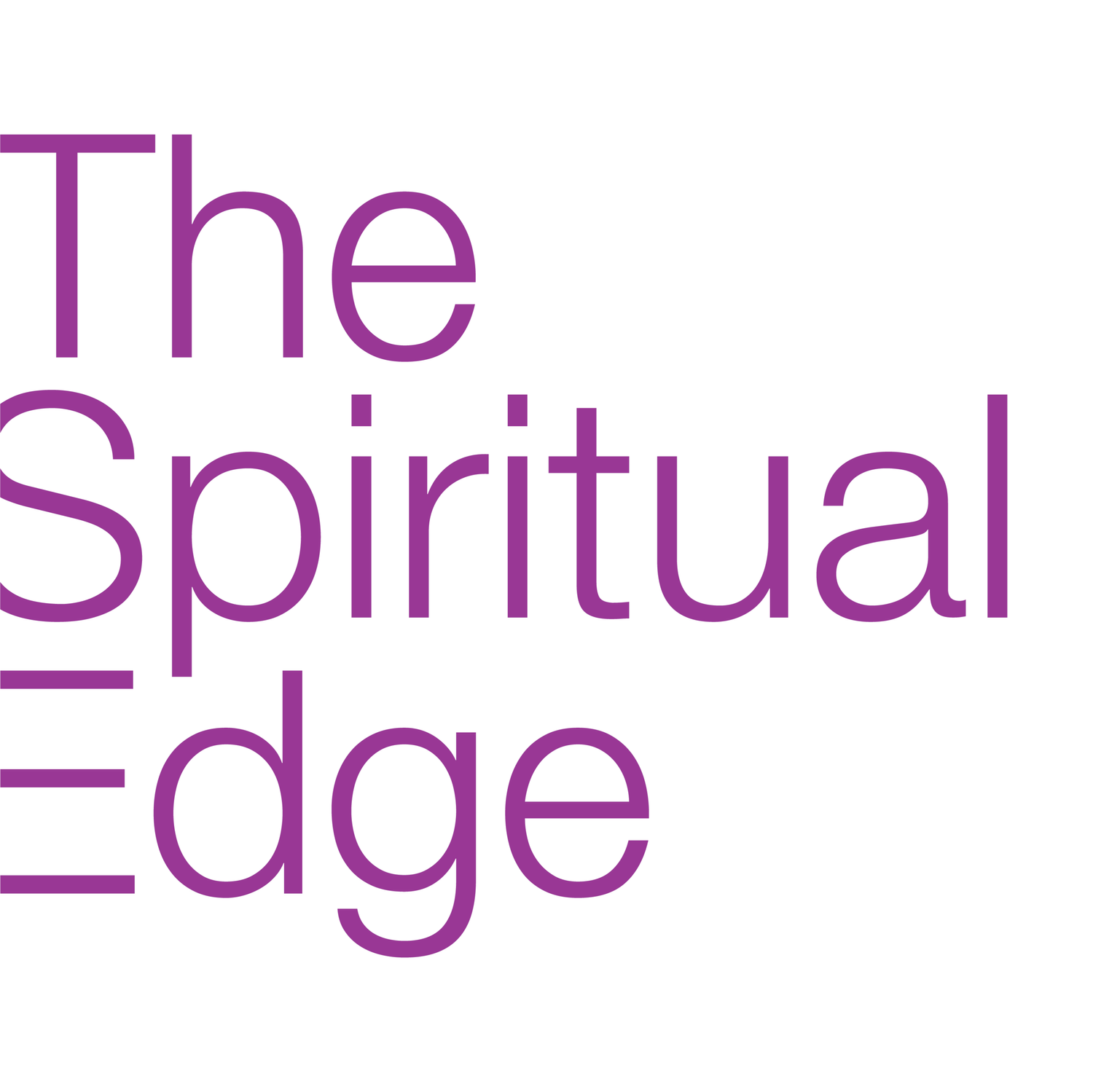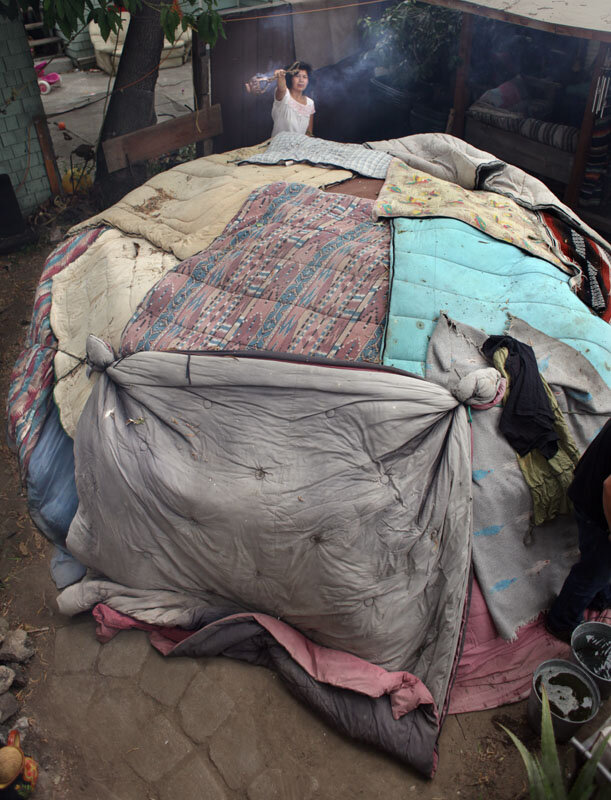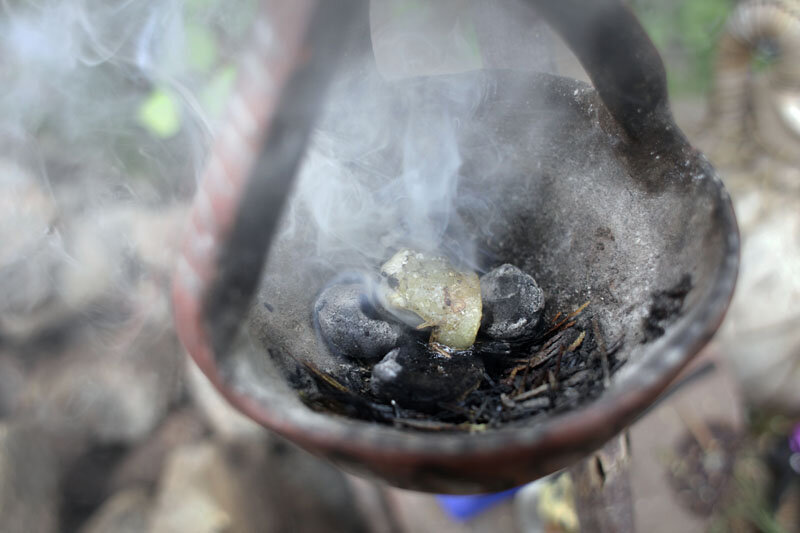Native American sweats out trauma of the past
Sweat lodges helped Samuel Martinez reclaim his Native heritage and shed some of the trauma he and his family endured. He’s now helping others do the same with a sweat lodge in his Oakland backyard.
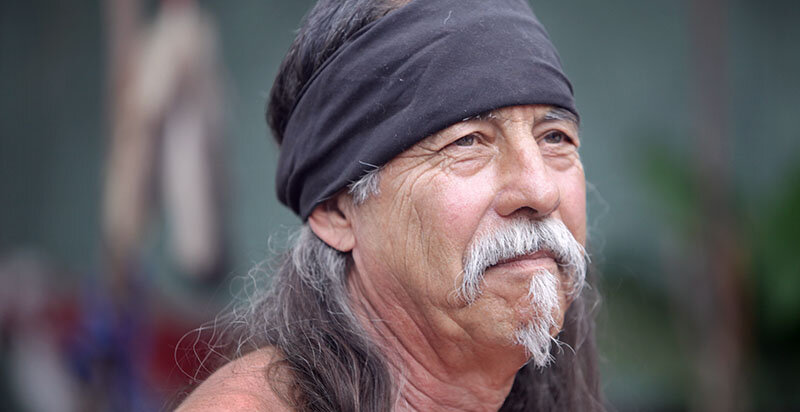
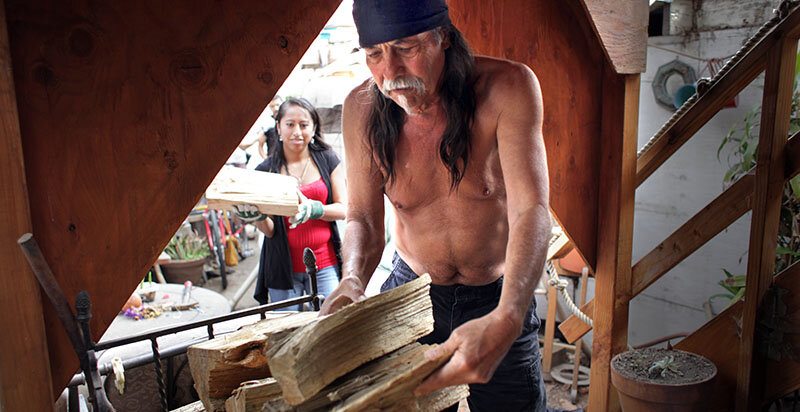
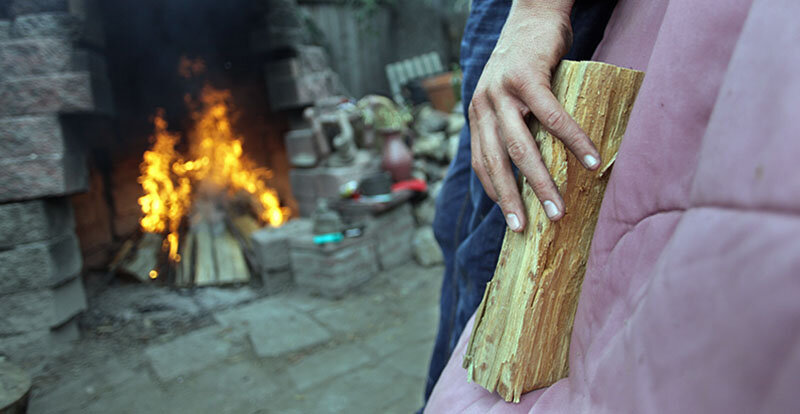
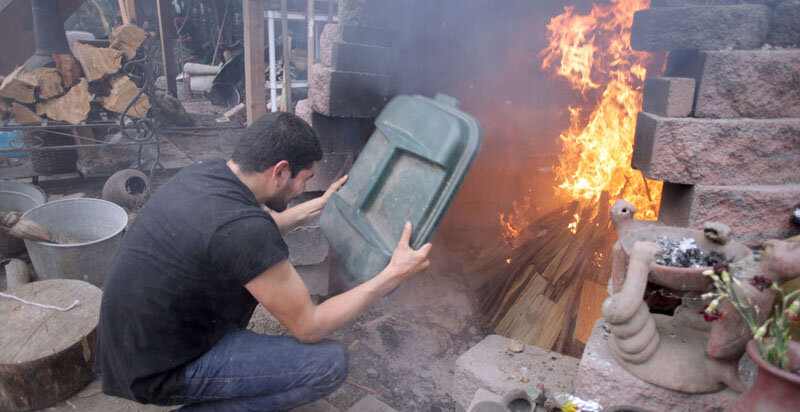
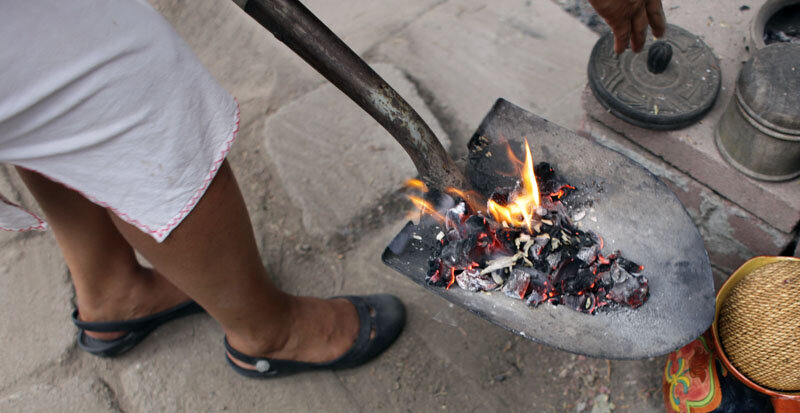
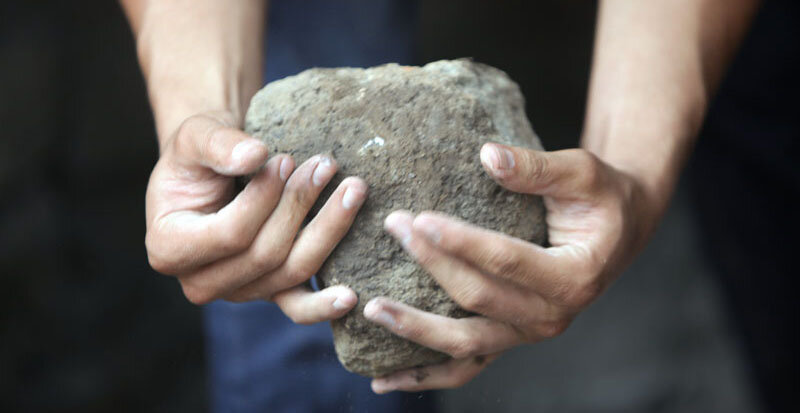
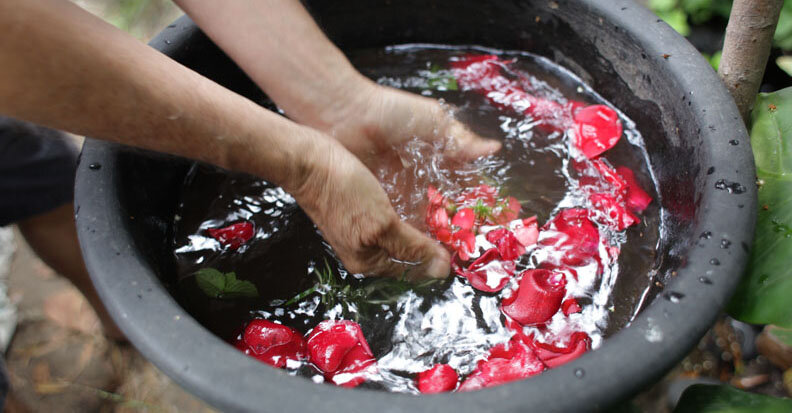
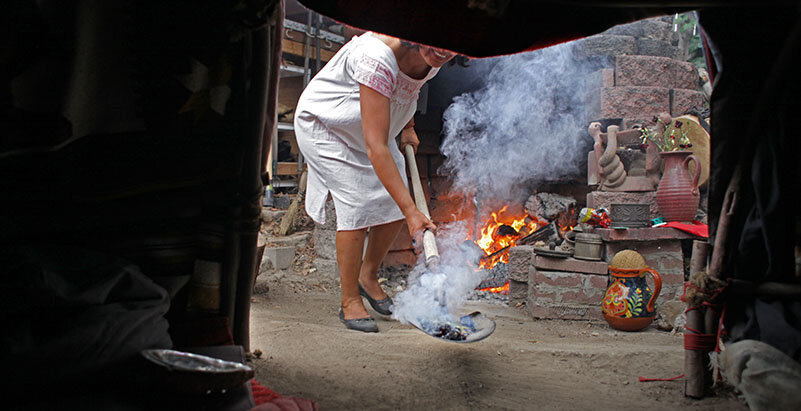
By Judy Silber
SEPT. 10, 2014–Samuel Martinez's first sweat lodge ceremony was like a déjà vu, he says, a coming home.
In this story from KALW's Judy Silber, we hear how Martinez came to reclaim his heritage and now offers the same chance to others through a sweat lodge in his Oakland backyard.
“It’s just a feeling of discharge,” said a fire keeper named Edgar, about the sweat lodge ceremony. He helps Samuel Martinez with the sacred ritual. For personal reasons, Edgar did not want to give his last name.“You start feeling like you need it,” Edgar said. “Definitely after a few months, you feel like, I need a lodge. I need to go and do a lodge.”
Martinez adds: “With prayer, and with healing plants, there’s a healing that goes on.”
Trauma pervades Martinez’s family history, as it does for many Native Americans. By the mid-20th century, many tribes and families were pushed onto reservations or into poor villages and were fighting for survival. Federal policies tried to push assimilation. Native American children were taken from their parents. Laws forbid the traditional way of life.
In the 1950s, a policy called “The Urban Relocation Program” encouraged native people to move to urban areas. Thousands of Native Americans moved to cities around the U.S., including Oakland and San Francisco.
Martinez has lived most of his life in Oakland. But not all of it. He has fond memories of the valley where he lived and played in Fort Garland, Colorado. That’s where his family settled after a great-grandmother was separated from the Navajo Nation. In 1953, tempted by the relocation program, Martinez’s family left Colorado, and boarded a bus headed for Oakland. Martinez was three years old.
“So they made their campaign of relocation sound pretty good,” Martinez said. “If you assimilate and become more American and speak Americano and learn how to work Americano and live in Americano cities, you won’t be cold no more and hungry.”
Martinez is 64 now. He has a quick wit, the kind of person who looks for humor at every turn. But he still tears up when he talks about those early Oakland years. The family ended up in public housing, in an old Navy barracks near High Street.
He says it wasn’t fit for adults, let alone children. Children would play with mercury and chew on tar dumped near the railroad tracks. Racism was as present as the light of day. In school, he felt hated for who he was.
“By nine years old, I was convinced that I had bad hair, bad blood, bad skin, bad roots,” Martinez said.
At home, the family spoke Spanish, mixed with words preserved from native languages. Martinez didn’t know English when he started kindergarten. The teachers would grab his ear and yell, “Speak English. You’re in America.”
“And when I’m being hurt and scared like that, I would cry out ‘Ay, dios mio!’ And they would pull harder and yell harder,” he said.
“They convinced me something was wrong with my brain. I would come home and tell my mama, ‘Algo me pasa mi celebro, mamina.’” In English this means, “Mama, something is wrong with my brain.”
His mother would wrap him in a blanket, massage his body and sing him medicine songs. She prepared healing herbs, the way her grandmothers taught her.
But the cruelty at school ripped into him on a daily basis. Home life was hard as well. His father, a World War II veteran, lashed out in drunken rages.
For many years he sought healing for these kinds of memories. The sweat lodge resonated with him and helped. Once he felt better, he wanted to make it available to others.
A stone that will be heated for the sweat lodge. PHOTO CREDIT: Tom Levy
“These we call abuelas,” Martinez says as he points to rocks piled next to a large, outdoor fireplace in his East Oakland backyard. “Some people call them abuelos, grandparents,” A few feet behind us is the actual sweat lodge. In a few hours, he will lead a ceremony inside.
To prepare for the ritual, he turns toward the fireplace, raises one hand high, closes his eyes and speaks in Nahuatl, an indigenous language still spoken in some parts of Mexico. The Nahuatl name for sweat lodge is the Temazcal, which is what Martinez prefers to call it.
The Nahuatl pays homage to his ancestors who likely migrated north from what is now Mexico, hundreds of years ago. Martinez is also part Navajo. This is what connects him to the many Mexicans who come to his lodge trying to access indigenous roots diluted or lost after Spain’s invasion of the Americas.
True to his family’s history, there is a mixture of cultures in Martinez’s backyard. The Temezcal frame is made of arched willow boughs and covered by heavy blankets in the style of the Lakota, a tribe on the Great Plains. During ceremonies, Martinez speaks in Spanish, Nahuatl and English. He will also call on his education as a trauma counselor to emphasize healing and compassion.
A fire keeper purifies the Temescal, which is covered in blankets. PHOTO CREDIT: Tom Levy
When Martinez was nine years old, he had a near-death experience in the Bay. He says he saw a light. It calmed him, made him feel whole.
“I’m one of the human beings who died and came back a witness to that light,” Martinez said. “That light is beautiful.”
He wanted to find that light again. For the next 30 years, he searched, starting in the Catholic church. There, he says he found the light. But he felt unwelcome in a place that displayed images of a white God, a white Jesus, a white Mary, white angels. No one who looked like him.
As he grew older, Martinez’s identity began to take hold. He became a conscientious objector during the Vietnam War, and later a community activist who fought for human rights.
But he also turned to alcohol — like his father. Martinez’ children begged him to stop. He always started again.
An incense that will be used for purification. PHOTO CREDIT: Tom Levy
Finally, in 1989 a budding group that became the National Compadres Network invited him to a Latino men’s council. That first council, he says, it was like a memory had been released from his DNA.
“And so DNA burst in my heart, the first time I made a circle with these men and they lit this fire and they put copal in the sacred essence and we made that four-corner prayer,” Martinez said.
Later, the group started holding sweat lodges; Martinez realized staying connected to these ceremonies was about more than culture. It was about survival. For him, it allowed him to stay clean and sober. And he saw how it could help others. After several years of training, he asked permission to lead sweat lodges at his own home.
In parts of North America, the purifying tradition dates back many thousands of years. But today in Oakland, modern concessions must be made. One of the fire keepers calls the local fire department.
“Hi, I’d like to report a ceremonial burn,” the fire keeper says.
“Ah. Gracias,” Martinez says. “He’s now calling in. They know us, too.”
The fire keepers will take care of heating the rocks that will be brought inside of the lodge once the ceremony begins. Meanwhile, Martinez prepares Agua Florida, water with flower essences.
People who come to the sweat lodge will splash their bodies with the Agua Florida. Then, they purify with an aromatic smoke called copal.
Samuel Martinez. PHOTO CREDIT: Tom Levy
“And the third thing that we offer them is to grab some cedar and to sort of start to place their heart an intention on what they’d like to work on inside the Temescal,” explains another fire keeper who did not want her name used because of the intensely spiritual nature of the experience.
Today, only Martinez, fire keepers and a few others will enter.
But once a month, Martinez holds a community lodge. On those days, 40 or more people, including women, men, and young children may come. Those who come call him Tio Samuel, Uncle Samuel. In turn, he calls them “the relatives,” no matter their ethnic identity. Participants bring food and offerings, but pay nothing.
The ceremony will last several hours. Participants will emerge, looking exhausted and drenched with sweat. Sweat that may have brought memories to the surface.
But also, a release.
“We have no mountain. We have no reservation. We have no valley. We have no rivers. How do you keep a people together like that, the national identity and pride, with no land?” Martinez asks. “And you’re trying to survive, dominated by a society that hates everything about you.”
He says he’s only glad that he could quit drinking so he could be a witness to the cultural pride and resurrection that is taking place.
“Since then I’ve been standing on a mountain, crying out, we survived. It wasn’t destroyed. It wasn’t burned. It survived. Intact. What was is.”
It took many years for Martinez to find a place of faith where he belonged, a place where he could see the light that he experienced as a kid.
Inside the darkness of the lodge, he sees it.
* * *
The Spiritual Edge is a project of KALW Public Radio. Funding comes from the Templeton Religion Trust.
